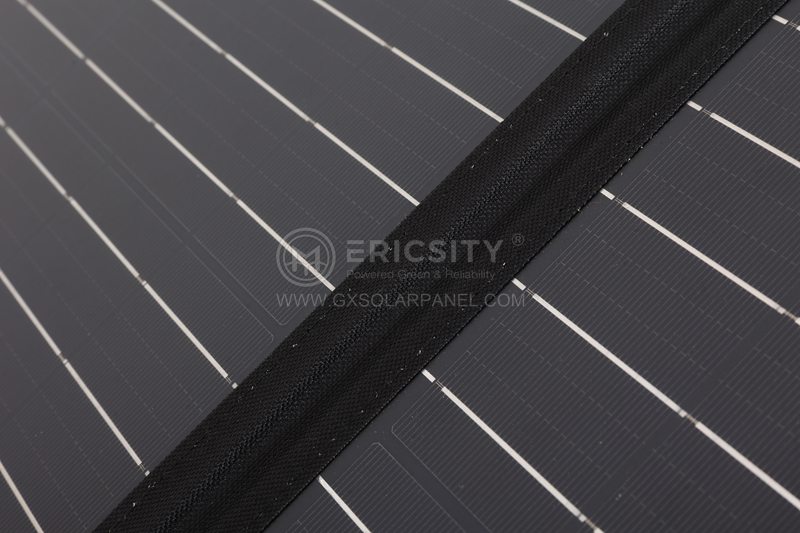HOT PRODUCT
Product Details
The Science Behind 200w Folding Panels: How They Generate Power
The Science Behind 200w Folding Panels: How They Generate Power
In the realm of renewable energy, solar power has emerged as a critical player. With advancements in technology, solar panels have become more efficient and portable, enabling users to harness the sun’s energy anytime, anywhere. One such innovation is the 200w folding panel, which combines convenience with power generation capabilities. But how exactly do these panels work and generate electricity? Let’s delve into the science behind them.

At the heart of a folding solar panel is its photovoltaic (PV) cells. PV cells are semiconductor devices that convert sunlight directly into electricity through the photovoltaic effect. The panels consist of multiple interconnected PV cells, usually made from crystalline silicon or thin-film materials like cadmium telluride or copper indium gallium selenide.
When sunlight strikes the panel, it contains photons – particles of light – which transfer their energy to the PV cells. This energy excites the electrons in the cells, causing them to move and create an electric current. The PV cells are specially designed to have a built-in electric field that forces these electrons to flow in one direction, generating direct current (DC) electricity.
However, the electricity generated by the PV cells is not immediately usable for most applications as it is in the form of DC. To make it compatible with the alternating current (AC) used in home appliances and the power grid, an inverter is required. The inverter converts the DC electricity into AC electricity, ensuring that the power produced by the folding panel can be effectively utilized.
The power output of a folding solar panel is measured in watts (W), indicating the rate at which it can generate electricity. A 200-watt folding panel, therefore, has the capacity to produce 200 watts of power under optimal conditions. However, the actual power output depends on various factors, including the intensity of sunlight, the angle and orientation of the panel, and any shading or dirt that might obstruct the sunlight reaching the cells.

The folding design of these panels offers several advantages. Firstly, it enhances their portability and convenience, making them ideal for those on the move or for outdoor activities such as camping or hiking. The folding mechanism also allows for easier storage and transportation.
In addition, some folding panels incorporate advanced technologies to maximize their efficiency. For instance, some panels have built-in sun-tracking systems that automatically adjust the angle of the panel to better capture sunlight throughout the day, maximizing their power generation potential. Others may feature bypass diodes, which minimize the impact of shading or the presence of dirt on individual PV cells, ensuring that the overall power output remains relatively unaffected.


To ensure optimal performance and longevity, it is crucial to maintain and care for folding solar panels appropriately. Regular cleaning to remove dust and dirt, as well as periodically checking the wiring and connections, can prevent any power losses due to environmental factors or damage.
In conclusion, the science behind 200w folding solar panels revolves around the photovoltaic effect, where sunlight is converted into electricity by the PV cells. These panels harness the sun’s energy to generate power, making them a valuable asset in the field of renewable energy. With their foldable design, portability, and technological enhancements, they provide a practical solution for individuals and businesses looking to harness solar energy on the go.




